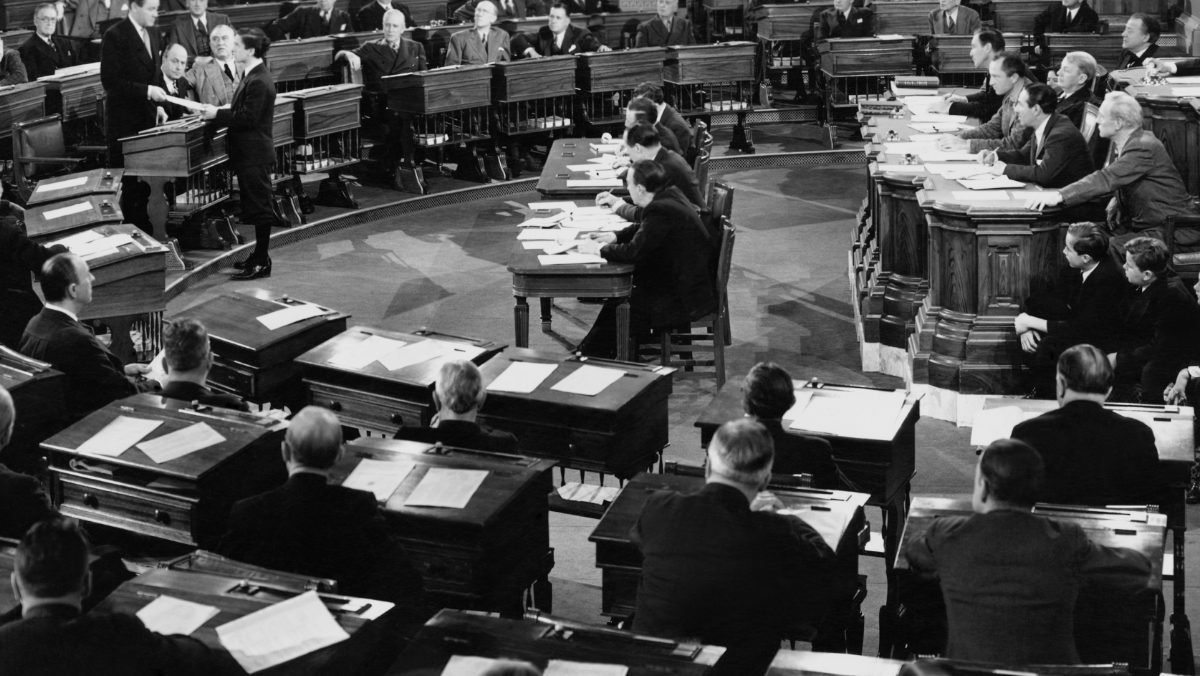How storytelling helps employees understand and embrace change

In the first of a five-part series on the top challenges facing employees today, The Team’s employee engagement expert, Cliff Ettridge, shares how to challenge beliefs and manage change through storytelling.
There’s a reason many classic stories start with the immortal words: once upon a time. There’s comfort in the past – the known. Stories provide context. And this is very relevant for organisations undergoing change.
Change may be the new normal, but how does the experience of change actually sit with most employees? Not well, unfortunately.
You see, we tend to trust things that have been around for a long time. It suggests a level of certainty. This study from 2010 asked students about the relative merits of academic courses, health practices and art, according to longevity. The longer it had been around, the more they trusted it – something that’s particularly pertinent in today’s world, filled with ‘alternative facts’ and ‘fake news’.
As WH Bovey wrote in his study on resistance to change: “According to the A-B-C theory of personality… “A” (the activating event) does not cause “C” (the emotional and behavioural consequence); instead, it is “B” (an individual’s belief) about ”A” that largely causes ”C”. And those beliefs are instilled over time.
Understandably, people are reluctant to challenge their own beliefs. That’s why change is uncomfortable for employees. But these feelings can be overcome when an organisation communicates the journey it’s been on, as well as the direction it’s heading in. It’s a way of using past events to make sense of the future.
RBS has successfully done this through two campaigns – ‘Think Outside the Bank’ and ‘Determined to make a Difference’. These shared employee and customer stories using simple constructs that reiterate the strengths of the bank and what is required to turn the bank’s fortunes around. This relatable, personal storytelling makes change feel like opportunity. Regular storytelling also acts as a drumbeat to keep momentum up, as you ease employees through change.
Some employees thrive on change, but many don’t. Recent work using one of our online psychometric profiling tools revealed that a massive 80 per cent of a client’s employees weren’t the challengers they thought they were: many yearned for a sense of stability.
The result of this is a significant tension because change is unavoidable for any employee wishing to succeed. The importance of learning new skills has been explored in depth by Accenture. The ability to change, learn and adopt new technology has been cited as a number one concern by employees. The rational realisation is there, but that doesn’t make the emotional leap any easier, which is why telling stories about change is so important.
And the best storytellers are often the employees themselves. Avanade, one of the biggest Microsoft consultancies in the world, has invested in creating communities of employees to share the stories about what clients are up to and how to move to the next level of skills development.
BP has gone further. Post Deepwater Horizon, storytelling became central to their values and behaviours internal campaign work. Stories gave them a way to fix employee’s attention on what ‘good’ looks like, and rebuild pride in what they do. So successful, storytelling is now helping to shape the brand on the outside.
The stories that inspire change all have one thing in common: they leave people asking, what could I do better?





